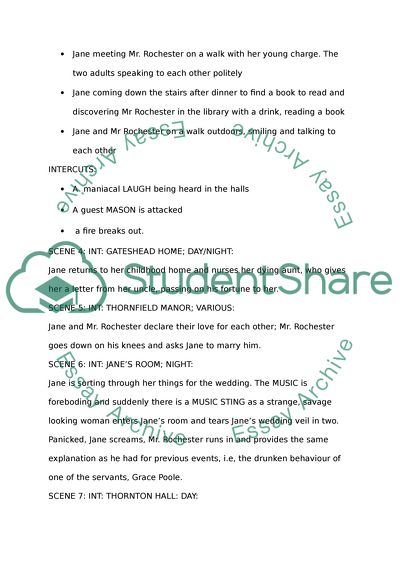Cite this document
(“Script for Jane Eyre Essay Example | Topics and Well Written Essays - 2000 words”, n.d.)
Retrieved from https://studentshare.org/literature/1564146-script-for-jane-eyre
Retrieved from https://studentshare.org/literature/1564146-script-for-jane-eyre
(Script for Jane Eyre Essay Example | Topics and Well Written Essays - 2000 Words)
https://studentshare.org/literature/1564146-script-for-jane-eyre.
https://studentshare.org/literature/1564146-script-for-jane-eyre.
“Script for Jane Eyre Essay Example | Topics and Well Written Essays - 2000 Words”, n.d. https://studentshare.org/literature/1564146-script-for-jane-eyre.


